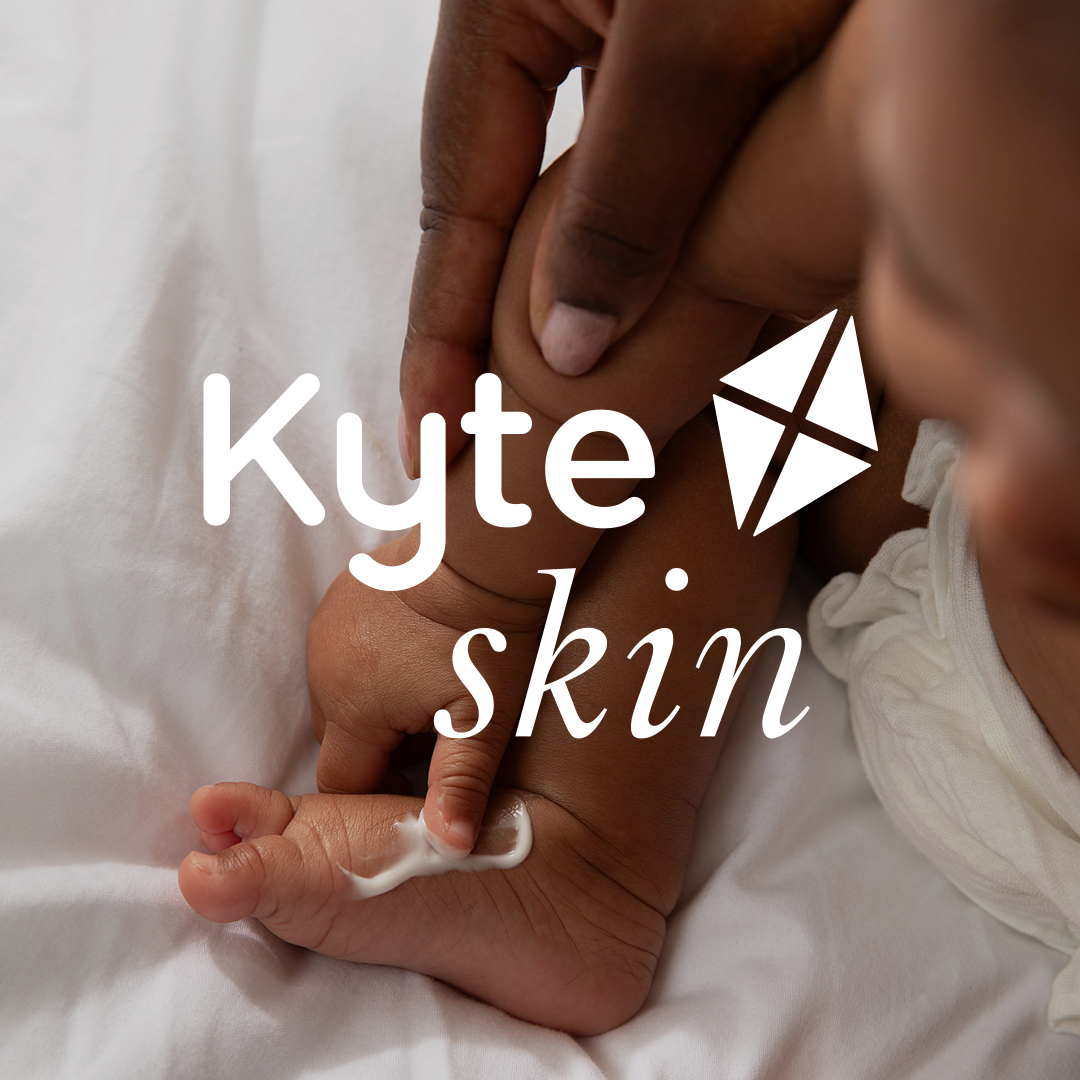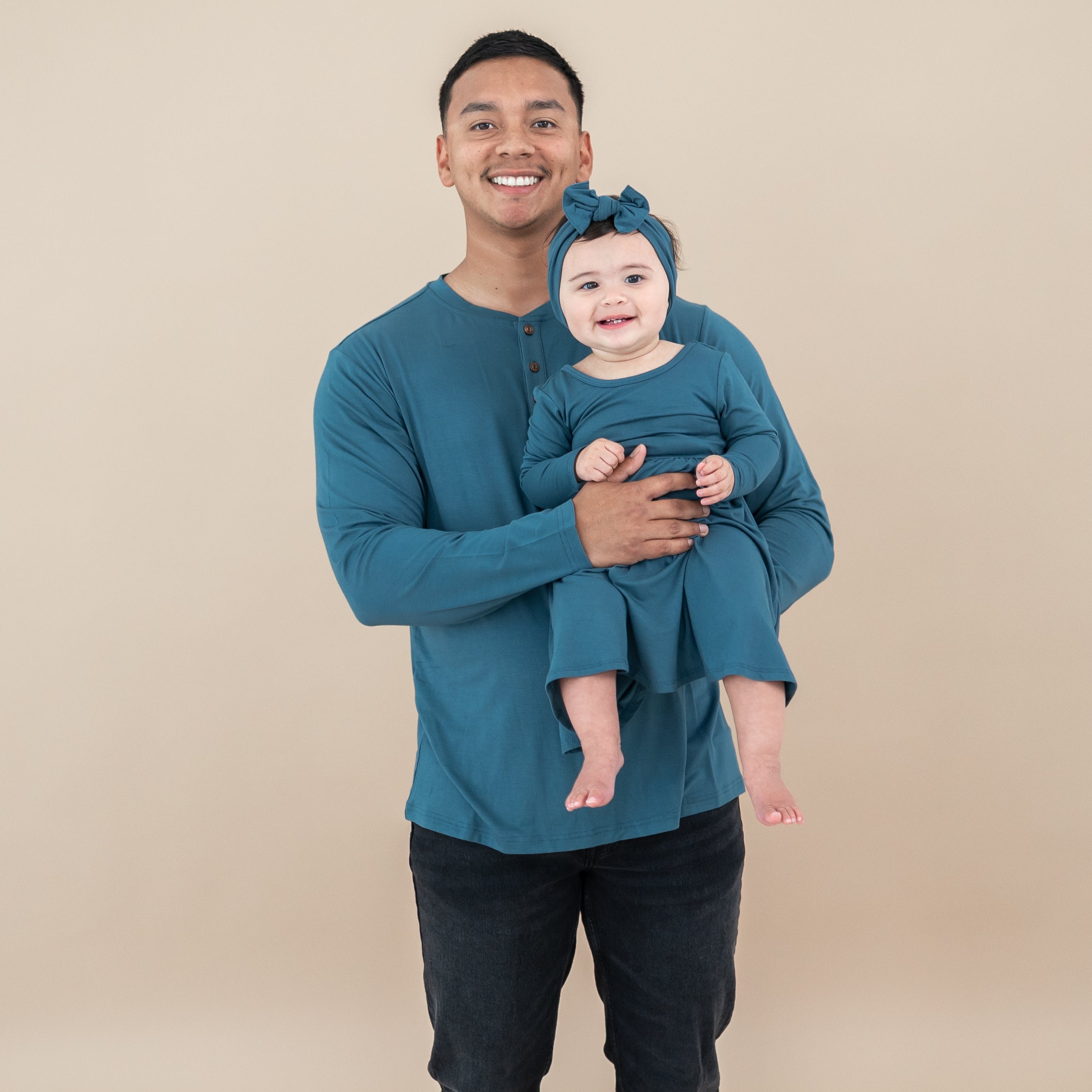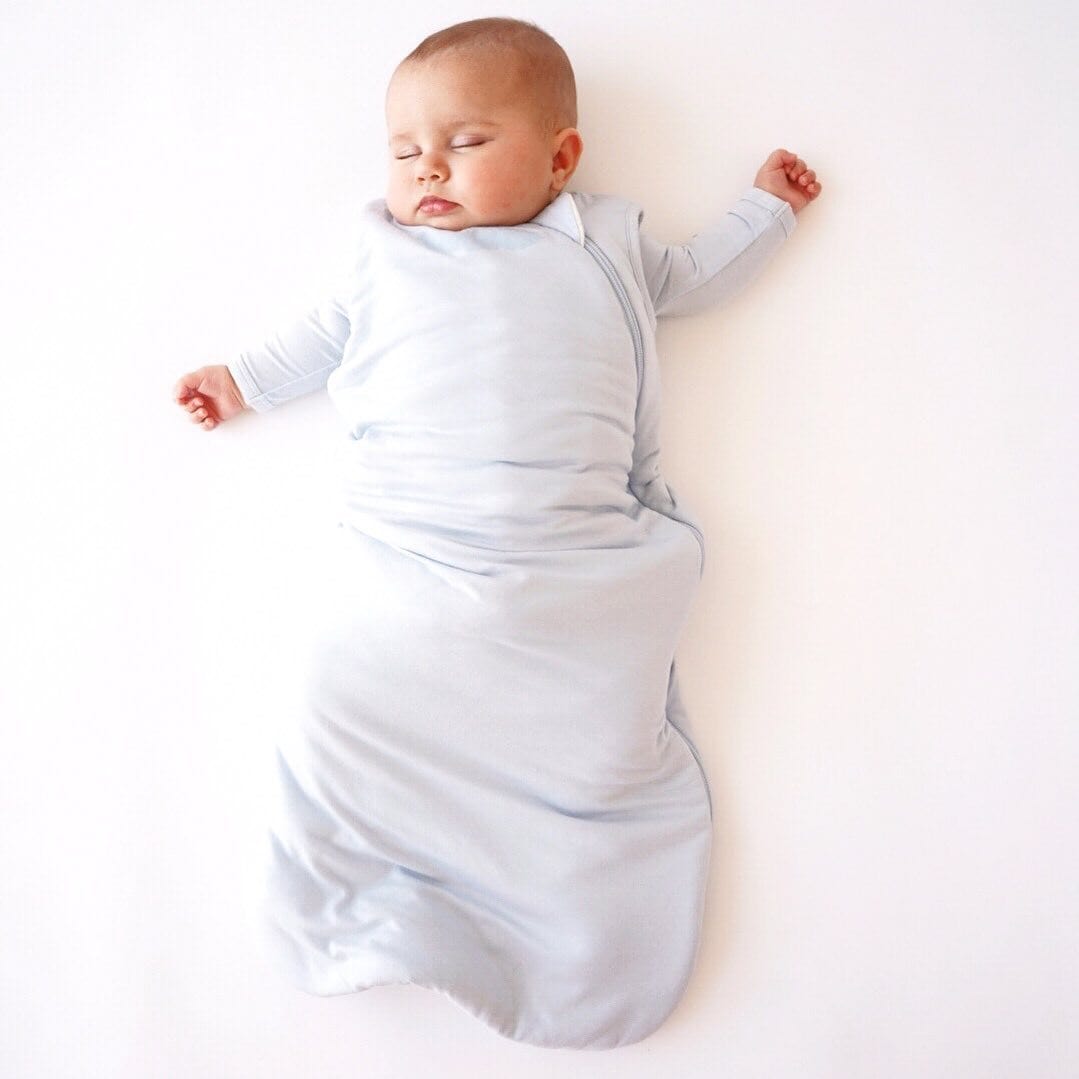Babies are born with primitive reflexes, also known as involuntary responses (without meaning to) to stimulation. The Moro reflex (also known as the startle reflex*, however it is slightly different though used interchangeably) develops between 25-30 weeks of gestation, is present from birth and usually integrates as early as 2 months or as late as 6 months as your child becomes more secure in their surroundings and life outside of the womb (thanks to you!). This means that the action that initiates the reflex will no longer elicit that response and your baby will become more in control of their movements. The presence of this reflex indicates that your baby is healthy and developing normally so don’t be alarmed! Your pediatrician should check for the presence of this and many other reflexes at birth and during well checks.
*The startle reflex can be decreased with repeated stimulation whereas the Moro reflex integrates into normal infant development/mobility.
This reflex is considered a protective response, but is very helpful in developing tone (or strength) in the muscles that we use to extend our limbs, thus establishing a base for all opening and closing movements of our body.
Fun fact: the Moro reflex may be a survival instinct to help an infant hold onto its mother; if the infant lost balance, triggering the reflex would cause the infant to embrace mom to regain hold!
The Moro reflex is triggered by:
Once this involuntary reflex is triggered, your baby will look startled, suddenly extend their arms and legs, arch their back, and then curl everything in again. They may also cry or gasp loudly. This allows the person examining your infant to check the proper function of their nervous system when neck extension results in extension & abduction (arms moving out), then adduction (arms moving in), and flexion of the fingers, wrist, and elbows (closing the hand and bringing their arms to their chest). If this isn’t present, they would do further testing of the nervous system.
If the reflex persists past 4-6 months, then it can interfere with their ability to roll, sit, and cross midline/use both hands together. Further testing would be needed for this as well!
So we know that the reflex is normal and great for their developing bodies, but it can really wreak havoc on their sleep! The change in position, light, or sleep surface triggers that reflex and now your baby is wide awake (probably unhappy about it too). It can seemingly come out of nowhere, especially in a lighter sleep cycle. All of that hard work to get them to sleep is completely undone! What do we do now?
How do we calm the reflex and improve sleep?
If your child has a very strong Moro reflex, try placing them on their side in the fetal position and holding their arms and legs in to soothe them. This is extremely helpful during the witching hour when they’re likely overtired and overstimulated.
Swaddling is another great tool to use to restrict motor activity, calming the reflex during sleep times. It will keep their arms and legs contained so that if the reflex is triggered by changing their position or their neck extending then flailing their arms out won’t wake them as easily. Kyte BABY has the best swaddling blankets that are soft and stretchy, perfect for soothing a fussy baby and ensuring they get a nice, uninterrupted nap or sleep cycle at night. Swaddling also recreates the womb environment and builds a positive sleep association. It is best to introduce swaddling from birth in your nap/bedtime routines so they know sleep is coming.
It’s important to swaddle safely though. This includes:
Once you discontinue swaddling, the Moro reflex may still be present. Transitioning to a Kyte BABY sleep bag can help your baby feel secure and sleep well, even with their arms out. The thicker sleep bags (1.0 and 2.5 TOG) can help muffle the reflexive response and aid in transitioning out of the swaddle; however expect a few nights of disrupted sleep as your child continues to get used to their newfound freedom and mobility. It’s best to give lots of “free time” during the day so that your baby can learn to use their arms/body, thus successfully integrating the reflex into normal infant movements. This allows them to get more comfortable while sleeping and find ways to soothe when they transition sleep cycles.
Pro tip: Do not let their head tip back when you place them down in their sleep space or move them from one surface to another - even if they’re swaddled! Keep their head slightly flexed until their entire body is on the sleep surface and then release. You can also keep a hand on their chest to help them adjust to the change in position or sleep surface, then slowly release. This is less disruptive to their sleep which means more sleep for you too!
While the Moro reflex can linger longer than some of the other primitive reflexes, we know that it does great things for their little bodies, we can manage it with swaddling and sleep bags, and it will be integrated into normal infant movement soon!





















